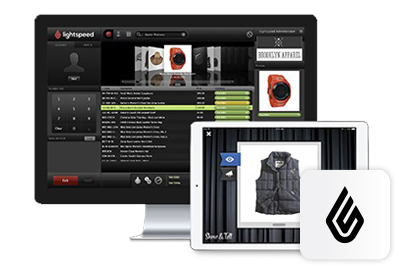
- GET PAST LIGHTSPEED SYSTEMS CONTENT FILTERING PATCH
- GET PAST LIGHTSPEED SYSTEMS CONTENT FILTERING SOFTWARE
Schools may use hardware solutions that could be handled for less in the cloud in some cases, they might even run multiple solutions to manage mobile devices separately from the network, Bennett says.
GET PAST LIGHTSPEED SYSTEMS CONTENT FILTERING SOFTWARE
There’s more: older software may not be decrypting SSL traffic. In that way, student searches can lead to mental health interventions and save lives - a phenomenon already documented in American schools.

GET PAST LIGHTSPEED SYSTEMS CONTENT FILTERING PATCH
“School districts now must contend with an i ncreasingly mobile device-focused student body, a plethora of social media and other web apps, stealth attacks over encrypted traffic, as well as cloud-based SaaS applications,” notes Brian Patch of SonicWall.Īnd CIPA’s narrow focus can also cause administrators to overlook other potential threats.

Content Filtering Is an Evolving Problem in K–12 SchoolsĪs the internet evolves, administrators find themselves facing new vectors through which objectionable content can reach students. MORE FROM EDTECH: Check out 5 best practices for adhering to federal privacy laws. The internet of today bears l ittle resemblance to the internet of 20 years ago, and website blocking software likely needs to change, too.


It might be a good time to review the policies around CIPA at a federal level,” he says.Įven in the absence of a federal update, K–12 administrators can look carefully at their current internet safety policy. “One-to-one programs really started birthing right around 2010–2012. “The last time was reviewed was 2011,” says Ed Snow, a board member of the International Society for Technology in Education (ISTE) and director of technology for the School District of Milton in Milton, Wis. The FCC requires three elements for compliance: content filtering to prevent access to obscene, pornographic, or harmful images monitoring of online activities of minors and education in appropriate online behavior and cyberbullying awareness. Congress passed the Children’s Internet Protection Act (CIPA) in 2000, tying E-rate program discounts to a school’s internet safety policy.


 0 kommentar(er)
0 kommentar(er)
